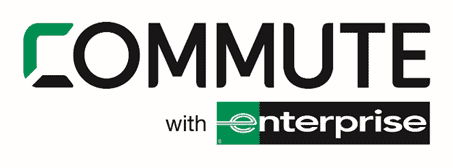2023 is shaping up to be a formative year for both MadREP and the Madison Region. We’re looking forward to engaging with partners like you throughout the year as we work on these top five priorities.
1: Urban Meets Rural Meets Innovation
We’ve been hard at work building a coalition to address the gap between the prosperity and innovation resources for rural and urban communities. To be successful, economies must acknowledge and leverage the interdependence between their urban and rural assets. In 2023, we look forward to sharing this exciting new project with all of you.
2: Celebrating the Summit’s 10th Anniversary
Please mark your calendars now for May 10, 2023 when MadREP and our partners at the Urban League of Greater Madison host the tenth annual Madison Region Economic Development & Diversity Summit. We hope you will join us for a day of dynamic speakers, interactive workshops, networking, and celebration.
3: Strategic Planning
Every five years, the Madison Region must create our Comprehensive Economic Development Strategy (CEDS) and ensure it is accepted by the Economic Development Administration (EDA). The strategic plan then guides economic development activities within the Region and all requests for EDA funding must fall in line with that strategy. This year MadREP will lead planning efforts for our third CEDS, which will guide us for the next five years.
4: Launch Revolving Loan Fund
In 2021, MadREP announced the creation of a USDA revolving loan fund (RLF) focused on entrepreneurs and growing businesses in Columbia, Dane, Dodge, Iowa, Green, Jefferson, Rock, and Sauk Counties. In 2023, MadREP will operationalize the fund, increasing access to capital for regional businesses. The program will provide gap financing that will supplement loans from traditional lending sources.
5: Reports & Data
In 2023 MadREP plans to issue four data-driven reports, including “Sector Strategy for Economic Recovery” and our ninth annual “Workplace Leadership & Diversity Survey” results.


